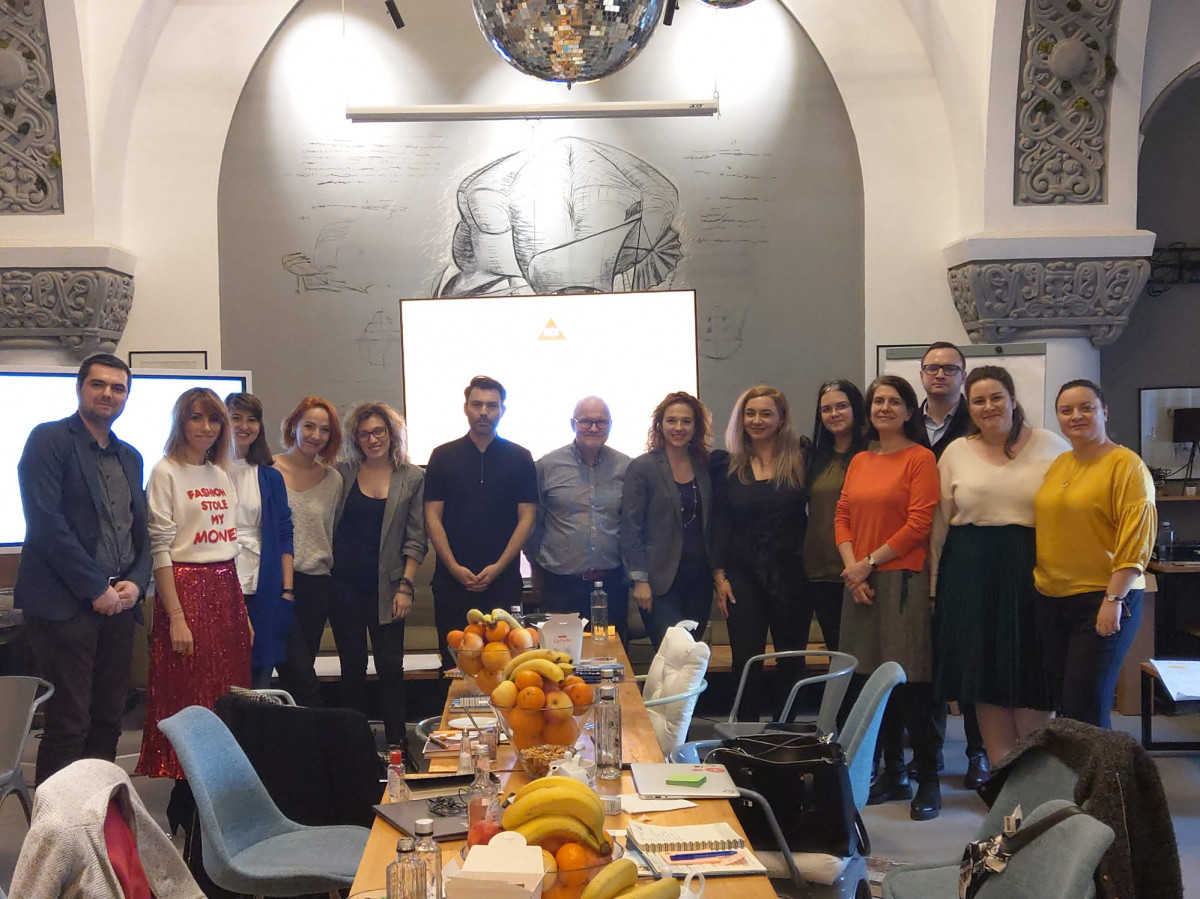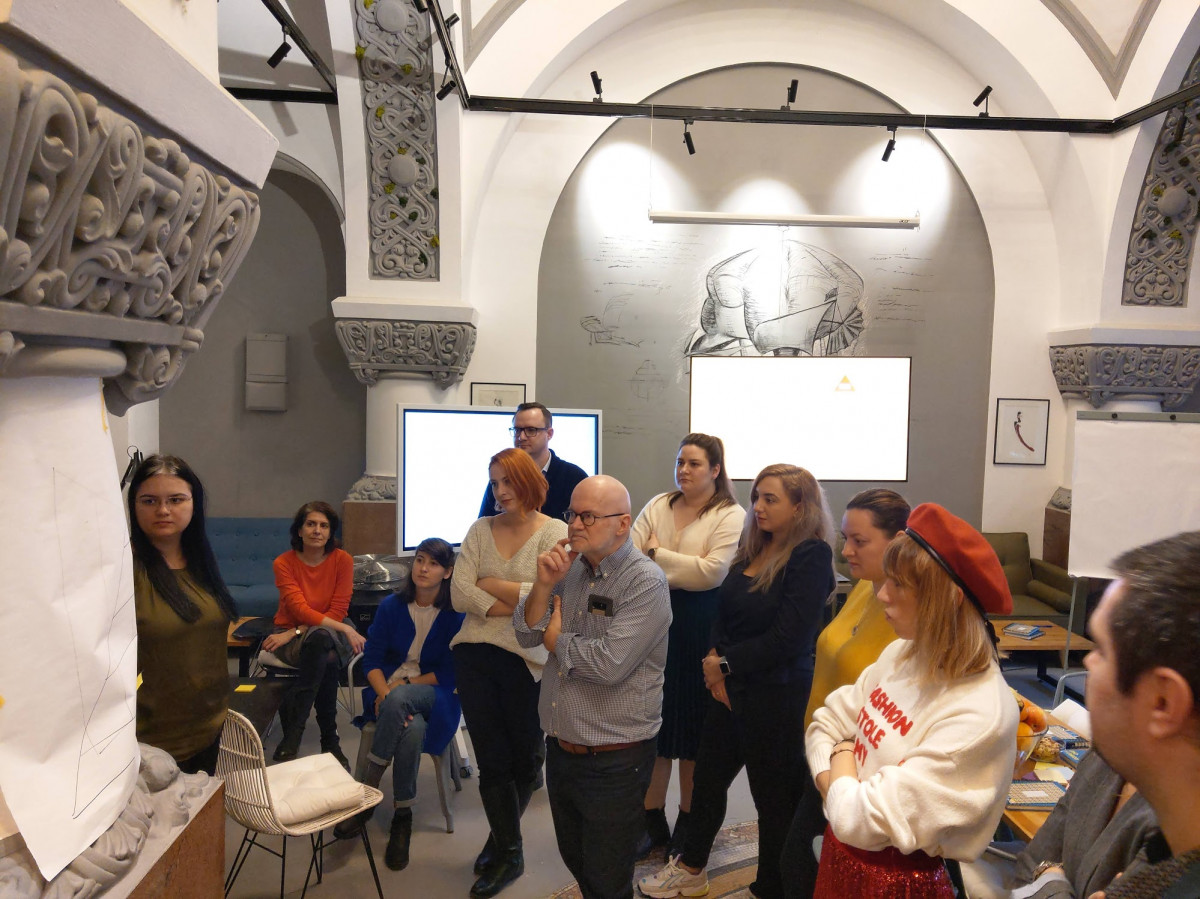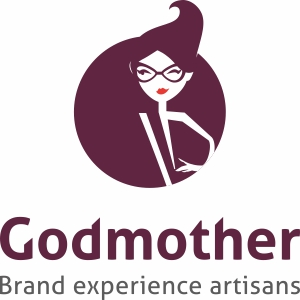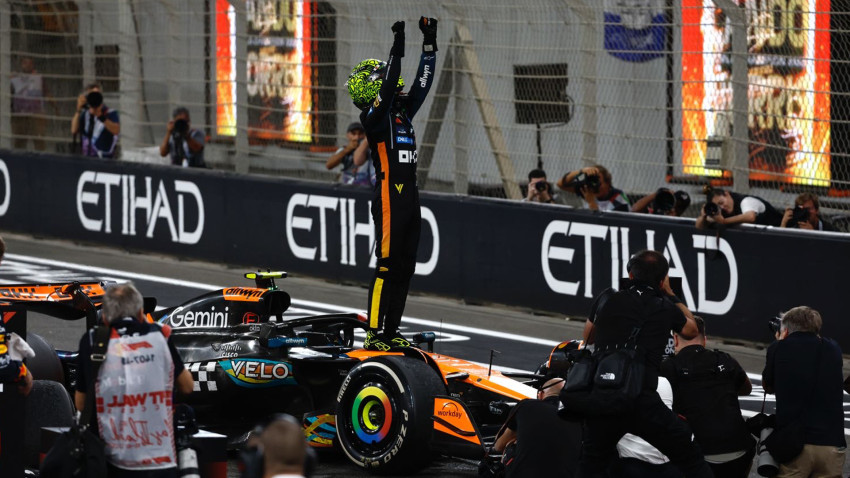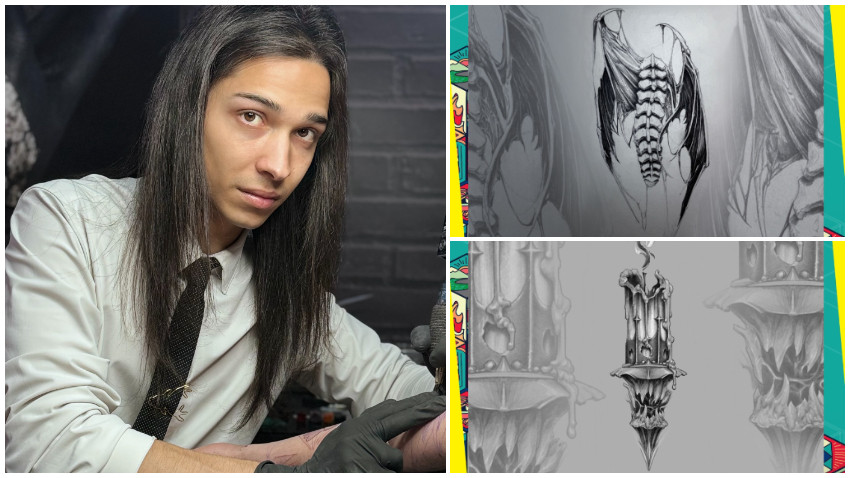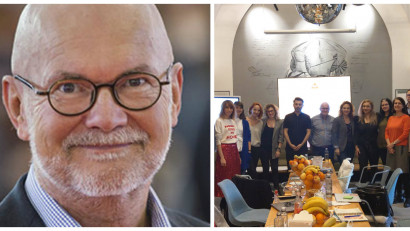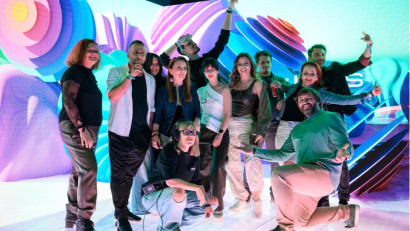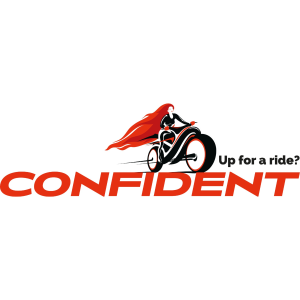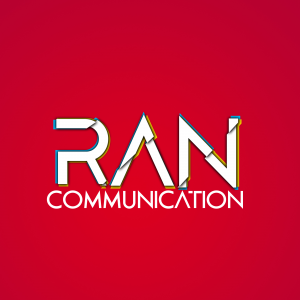If you ask Elling Hamso what are the most valuable skills of an event manager, he would say that’s an easy question, the answer being project management.
He attributes his passion for it to the fact that his first career was in the Norwegian oil and gas industry.
Sometimes people say to me that building an oil platform and organising an event is not the same thing. It is. Same principles, same skills, same procedures, same tools, only the scale is different.
Elling Hamso is the president of Event ROI Institute. He recently held an workshop about ROI in BTL in Bucharest, at the invitation of Godmother. The basic premise of the ROI Methodology that he promotes, is that events only create value by changing the behaviour of participants.
Reffering to learning, he points out to the inutility of the tell-show-do structure, which functions by opening the lid on peoples’ brains, pour in some knowledge, close the lid, and they have learned. Instead he speaks about an inductive learning model, where the learners are given a challenge. More about this, in the interview bellow.
Project Management
The professional project manager will not start the work until all the event stakeholders and their business objectives are clearly defined, including measurable success criteria.
He or she will then make a Work Breakdown Structure (WBS), identifying all the tasks to be performed, assigning responsibilities, resources and time limits, ensuring that all important tasks have a clear output specification and a best practice procedure.
He will also ensure that risk assessments and other quality assurance procedures are in place.
If the expected outcomes are not met with sufficient resources, he will not proceed until someone has decided which deliverables to reduce or provided the necessary resources for success. The professional project manager doesn’t walk open-eyed into chaos and failure.
Project management is a profession on its own, you don’t need to know a lot about event management to project manage an event well, it could even be an advantage if you don’t. The task of the project manager is to ensure that the team does the work, rather than doing it himself.
And with today’s cloud computing, you have project management tools on steroids, giving you cost effectiveness, quality assurance and transparency.
The ROI Methodology
The ROI Technology was developed already in the 1950’s and applies to any activity where value is created by changing the behaviour of people, including, for example, all other kinds of marketing and communication activities. It was only introduced to the meetings and events industry about fifteen years ago and has been the passion of my life ever since. It was mostly perfected by an American called Jack Phillips, who you can read more about on here.
It is not rocket science, only common sense in a system. The basic premise is that events only create value by changing the behaviour of participants. There is no other way. Never. It doesn’t matter if your participants are educated, inspired, wowed and have a wonderful time. It is only what they do because they have been educated and inspired which creates value. This is why we define participant Behaviour Objectives for all events.
But they have to do something which creates value to event stakeholders. It could be different things for different stakeholders. Their behaviour creates a business impact, such as increasing sales or making the organisation more cost effective. This is why we have to develop Impact Objectives, from which the behaviour objectives are derived.
If we want participants to do something, we have to find out why they are not doing it already, and then we can start designing the learning experiences which will make them do what we want them to do. This enables us to set Learning Objectives, not just information and skills learning, but also attitude and relationship learning. Changing participants’ attitude to a brand or making employees love their managers even more, is attitude learning. Building trust and liking between different categories of participants is relationship learning.
At this point, the learning designers come into play, they have to engage the emotions and the intellect of participants through a series of experiences which will ensure that learning happens. If they do well, we will meet our Learning Environment objectives.
Last, but not the least, we have to have the right people in the room, so we set Target Participants objectives. The right participants are always those who can potentially change their behaviour to meet our behaviour objectives and as a result create value to stakeholders.
The “tell-show-do” structure
There is a lot of cognitive science research on the topic of how people learn. It would be nice if we could put an expert speaker on stage, give the audience all the right answers and maybe some examples and exercises to make sure they will all understand, remember and go home and do what they were told. They won’t. This is a deductive learning model which is sometimes referred to as the ‘open canister’ model, you just open the lid on peoples’ brains, pour in some knowledge, close the lid, and they have learned.
With an inductive learning model, the learners are given a challenge, a question, a problem to solve and through a process of facilitated reflection, interaction and experimentation, discover themselves the right answers.
Of course, it is not black and white. Pure inductive learning takes time, which we don’t always have. A speaker-led session with a fifteen minutes expert presentation followed by thirty minutes of reflection and discussion among participants is nearly always better than forty-five minutes of charts and bullet points.
The learning environment objectives
The learning environment is many things, including the physical and emotional ambience we create to prime participants for learning. We learn better when we feel relaxed, seen and respected. When there is daylight, tall ceilings, music and colour. When there are smiles and laughter and excitement.
A good learning environment also ensures that participants get what they came for, they are satisfied with content, we meet their expectations.
A third important element of the learning environment is our learning design, no murder by bullet points, but rather time for reflection and discussion, connecting new information with what you already know, contemplating how you may apply what you learn when the meeting is over.
The Event ROI methodology pyramid
The pyramid is simply a graphic visualisation of the different objectives you develop in order to design and measure the results of an event. The first level is Level 0, Target Audience, the foundation for everything, if you don’t have the right people in the room, your event will be a waste of time. Level 1 is the Learning Environment, into which you bring the target audience. Level 2 is Learning, if you had the right target audience in a good learning environment, you won’t be surprised if your learning objectives were fulfilled.
Level 3 is Behaviour, what they do differently because of what they learned, and Level 4 is Impact, the result of behaviour. If you measure impact in monetary values and subtract the cost of the event, you have the event profit which enables you to simply calculate Level 5, which is ROI.
Common mistakes when calculating ROI
Trying to eat the whole elephant in one meal. The ROI Methodology is a change of mindset more than a bag of tricks and tools. Changing mindsets takes a long time. Don’t try to calculate ROI for your next event. Maybe develop a couple of behaviour and learning objectives and measure learning by asking participants the appropriate questions in your exit questionnaire. Next time you do more. Developing objectives is more important than measuring results. How will your event designers know what to design if they don’t have clear and detailed objectives?
ROI in BTL
ROI is always important, below and above the line, and it applies to all campaigns. I don’t know how we get away with spending all this money without having to account for the results. But the final ROI calculation is not the holy grail. Set objectives for all levels and measure up to level 3 - Behaviour, which is as easy as 1-2-3, and you will know if it was a good event. You don’t know if the ROI is 50 or 500%, but that becomes rather a nice-to-know piece of information and not what will convince your stakeholders that the money was well spent.
The workshop
It was a short workshop, just one day, and miracles don’t happen in a day. I hope I inspired them to start real learning by doing, but time will tell. I was impressed by Godmother though, I met people with vision, intelligence and courage, they gave me hope for the future of the profession of meeting designers.



